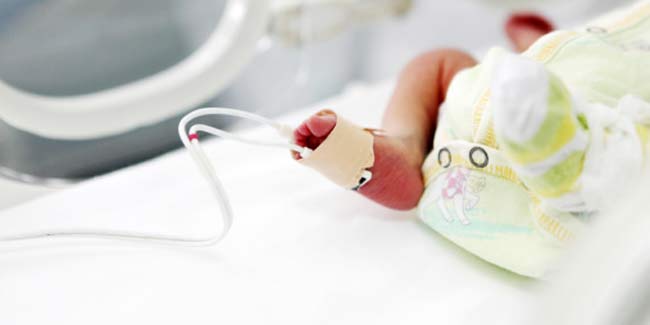
What is Hypotonia?
A medical term used to describe a decreased muscle tone is known as hypotonia. Muscles usually have a very small amount of contraction that can give them the springy feel and provides some resistance to passive movement. Although hypotonia is not same as muscle weakness but, the two conditions can co-exist.
Table of Content:-

The condition can take place from the damage to the brain, spinal cord or muscles. The damage can be caused by trauma, environmental factors or genetic muscles or central nervous system disorders. At times the cause of hypotonia cannot be known. Infants who suffer from hypotonia have a floppy quality or rag doll appearance as their arms and legs hang by their sides and they have little or no control over the head.
Treatment for Hypotonia
The treatment for hypotonia starts with a thorough diagnostic evaluation which is usually performed by a neurologist. The diagnosis includes an assessment of motor and sensory skills, balance and coordination, mental status, reflexes and functioning of nerves. The diagnosis can also include an MRI or CT of the brain, an EMG to evaluate nerve and muscle function or an EEG to measure electrical activity in the brain.

After the diagnosis, the condition is treated first and then the symptomatic and supportive therapy for the hypotonia follows. The physical therapy can be beneficial for motor control and overall body strength. Occupational therapy can be helpful in re-learning the ways to perform daily activities.
Image courtesy: Getty Images
Read more on Understand Hypotonia.
Read Next
What is Multifocal Motor Neuropathy
How we keep this article up to date:
We work with experts and keep a close eye on the latest in health and wellness. Whenever there is a new research or helpful information, we update our articles with accurate and useful advice.
Current Version